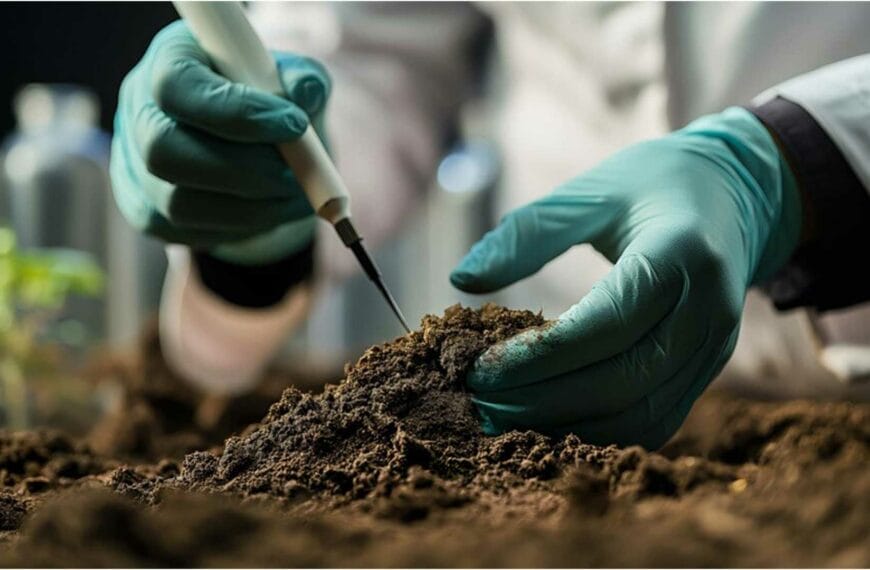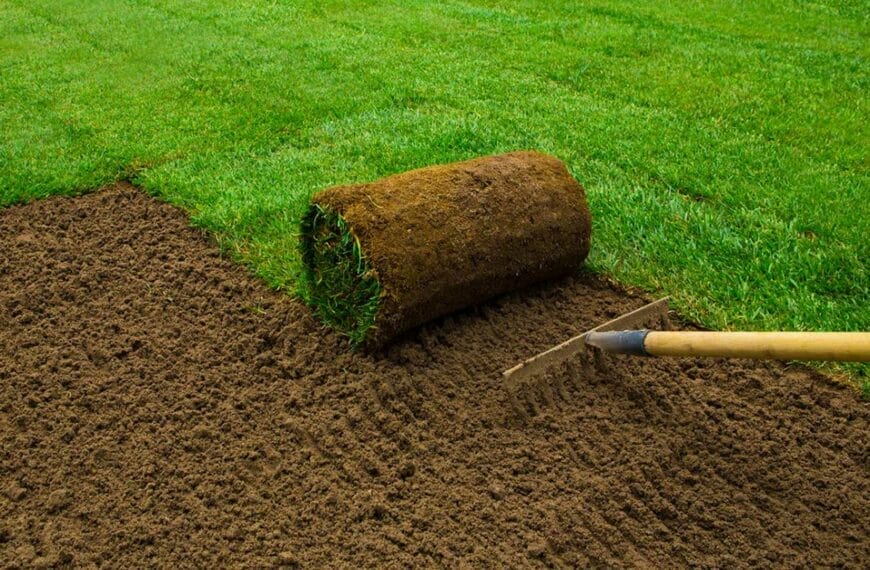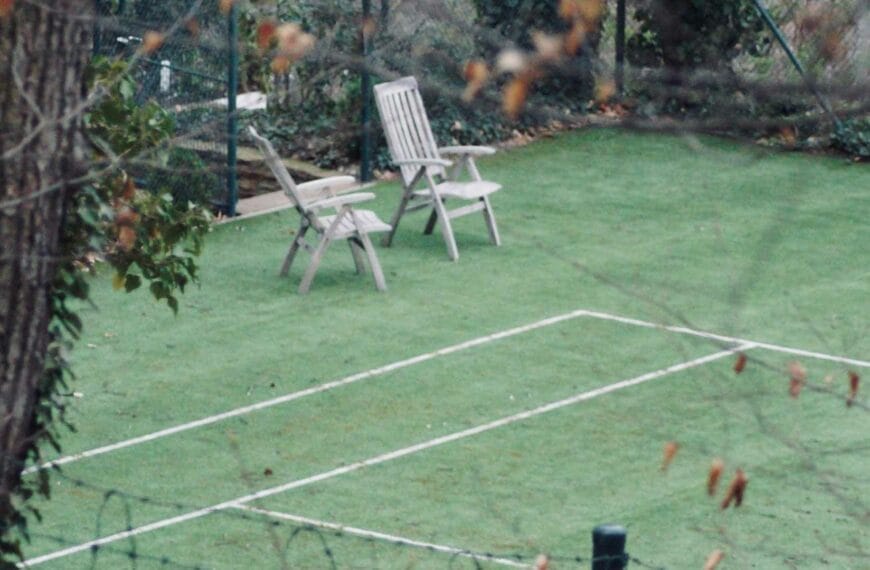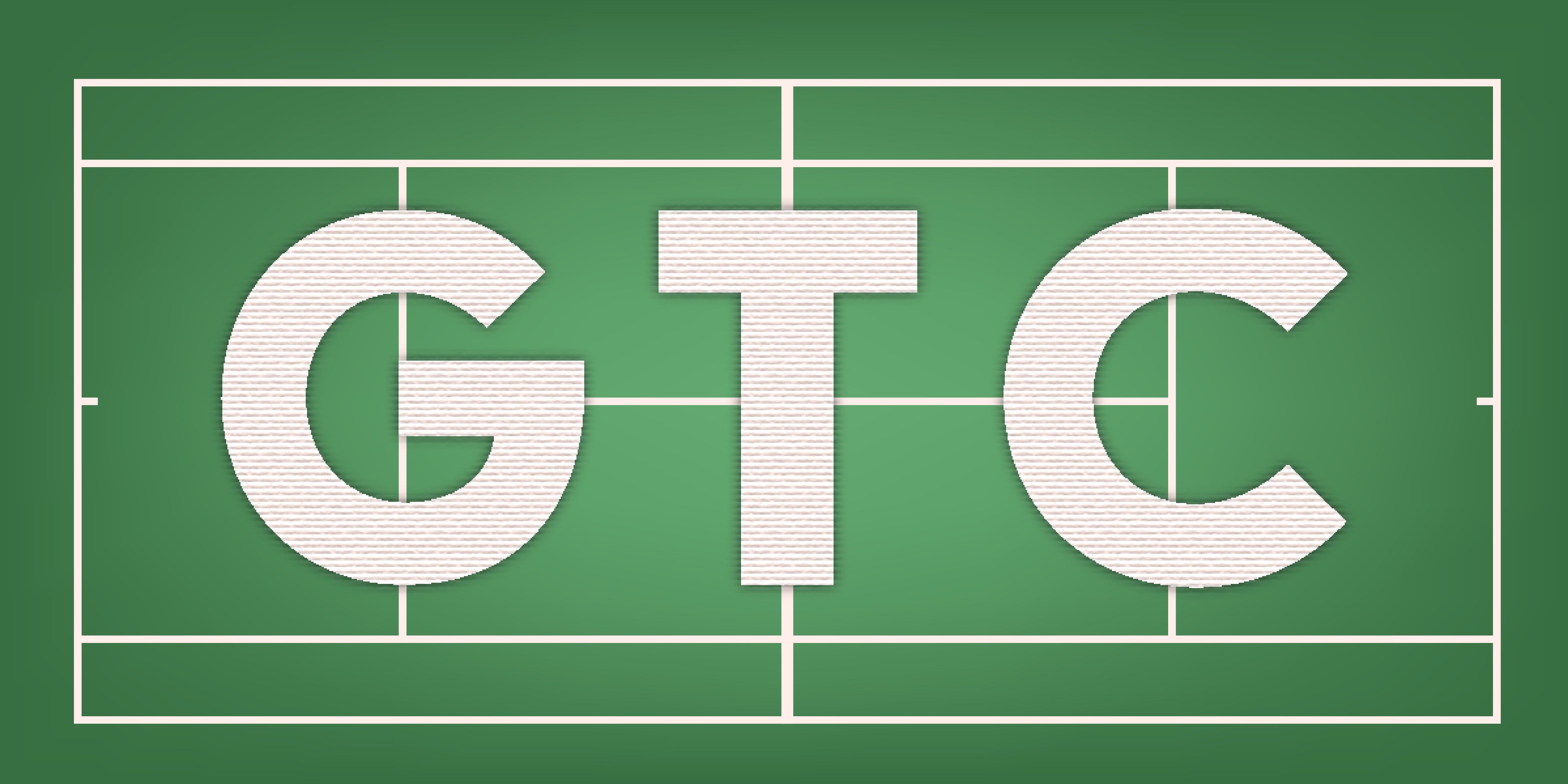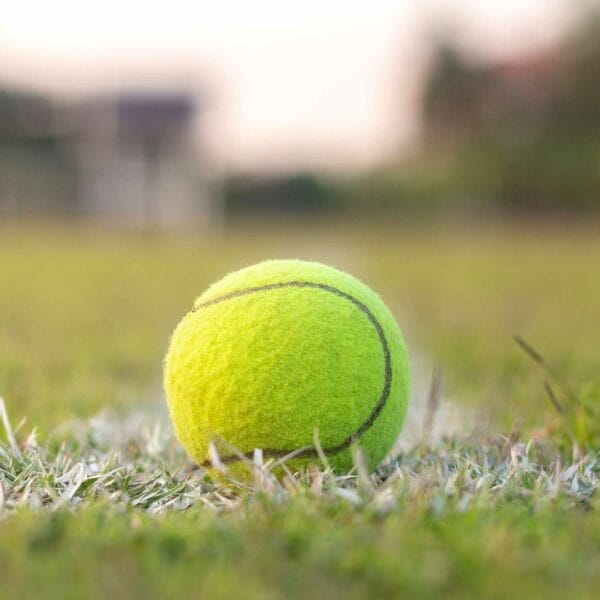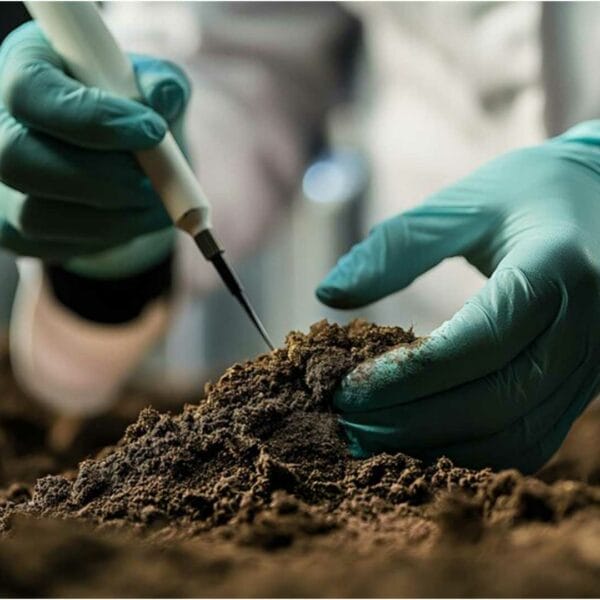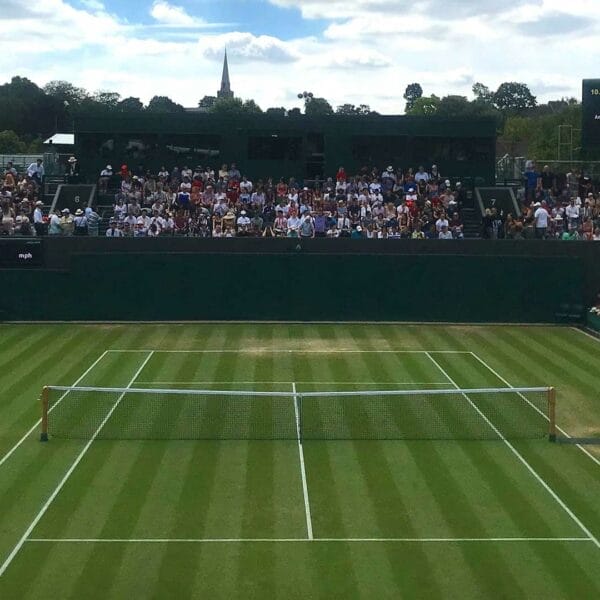Tennis court site selection isn’t just a matter of finding open land and starting construction. The process involves a multitude of considerations that can significantly impact the functionality and popularity of the courts. As someone who has ventured through the journey of building and managing tennis courts, Ive learned that the devil truly is in the details. From accessibility to the microclimate of the site, every element matters. Heres a deep dive into the specifics that can make or break your tennis court project.
What to consider for tennis court site selection
- Easily accessible, visible from the road
- Not too close to homes, other courts, sports courts, trees, water, parking, buildings, playgrounds, picnic areas, restrooms, trash cans, concession stands, bleachers, fences, walls, or lighting poles.
- Good drainage, soil quality, sun and wind exposure, views, and aesthetics.
easily accessible
Accessibility is paramount. A tennis court thats hard to reach or far from potential users will see less play, which can affect its sustainability and profitability. From my experience, proximity to local communities or educational institutions can increase foot traffic significantly. Additionally, consider public transport links and parking facilities; these are often overlooked until too late in the planning process.
[Insider Tip: “Always check the local transport plans for future developments – a new route could benefit or disrupt your access points,” advises city planner Michaela Jenson.]
visible from the road
Visibility not only helps in marketing the facility but also enhances its perceived safety. A court that can be seen from major roads is easier to find for first-time visitors and feels safer for players during less busy times. During my first project, enhancing visibility with adequate signage and strategic landscaping significantly boosted our membership sign-ups.
not too close to homes
Noise concerns can lead to conflicts with nearby residents, potentially resulting in restrictions on your operation hours. Its advisable to maintain a buffer zone between courts and residential areas. Learn from my early mistake of overlooking this, which led to a costly redesign to include sound-dampening barriers.
not too close to other tennis courts
Market saturation can be a real issue. Analyze the local area for existing facilities to avoid direct competition that could split your user base. I once selected a site that was too close to an established club, and it took special promotions and partnerships years to build a loyal base.
not too close to other sports courts
While shared sports facilities can be beneficial, too close a proximity can lead to logistical nightmares with parking, noise, and scheduling. Make sure theres enough physical and operational separation to allow each sport to operate efficiently without interfering with others.
not too close to trees
Large trees can be aesthetically pleasing but they pose several risks including root system damage to the foundation and falling leaves, which can deteriorate the court surface and create slip hazards. Its a lesson I learned after a storm caused significant debris and damage, leading to expensive court maintenance.
not too close to water
Proximity to large bodies of water can affect playing conditions, notably through increased humidity and potential flooding. Ensure the site has adequate drainage (more on this below) to handle unexpected water influx.
not too close to Car parks
While accessibility includes good parking facilities, ensure your courts are not directly adjacent to parking areas. Vehicle movement can be a distraction, and proximity increases the risk of stray balls causing damage or injury.
not too close to buildings
Buildings can cast shadows on the court, affecting visibility and play conditions. They can also restrict airflow, making the playing environment uncomfortable on warm days. Strategic placement away from tall structures can mitigate these issues.
not too close to playgrounds
The noise and activity of a playground are distractions and can disrupt concentration during matches. Also, safety concerns arise if stray balls enter playground areas, posing a risk to children.
not too close to picnic areas
Similar to playgrounds, picnic areas should be kept separate from sports facilities. The relaxed atmosphere of a picnic can clash with the competitive environment of tennis matches.
not too close to Public Toilets
While convenient access to restrooms is essential, they shouldn’t be so close that the noise and foot traffic disturb the game. I recommend a moderate distanceenough for easy access but far enough to maintain the sanctity of the game.
not too close to Waste Disposal Areas
Hygiene and odor issues can arise if tennis courts are too close to disposal areas. This can affect the player’s experience and court cleanliness.
not too close to F&B Outlets
The proximity to food and beverage areas can be both a boon and a bane. Its crucial to place them at a comfortable distance where players and spectators can access them without the area becoming a hub of noise and distraction.
not too close to Grandstands
Spectator areas should be planned to offer clear sightlines without interfering with the play area. Noise from spectators can be motivating but also distracting; hence, strategic placement is key.
not too close to fences and walls
Fences are necessary for security and ball retention but should be placed far enough to prevent any risk of injury to players. Walls can cause excessive ball rebound which can affect play.
not too close to lighting poles
Proper lighting is crucial for evening play but should be designed to minimize glare and shadows on the court. Careful planning regarding the placement and height of light poles is crucial.
not too close to other amenities
While its advantageous to have amenities like clubs or shops nearby, their traffic shouldnt overlap excessively with the tennis courts to avoid congestion and preserve the quality of the playing environment.
good drainage
Poor drainage can lead to waterlogged courts and disrupted play. Implementing an effective drainage system is non-negotiable. Ive seen numerous courts fall out of favor due to poor water management.
good soil quality
The foundation of any good sports facility starts with its soil. Testing the soil for its nutrient content, pH, and composition is essential. Amending the soil, particularly for clay courts, can provide long-term benefits and reduce maintenance costs.
good sun exposure
The orientation of tennis courts is typically north-south to minimize sun glare, which can impact players visibility and consistency. This setup ensures that neither player has a direct disadvantage due to sun exposure during crucial points of the game.
good wind exposure
Wind can alter the trajectory of the tennis ball, significantly affecting gameplay. Locations shielded from strong winds or designed to minimize this impact can improve player satisfaction and the standard of play.
good views and aesthetics
Never underestimate the power of a beautiful setting. Scenic views can enhance the appeal of your tennis courts to potential members and visitors. Aesthetic considerations might also include the architectural design of adjacent buildings and the landscaping of surrounding areas.
Conclusion
Choosing the perfect site for tennis courts goes beyond just finding a large enough space. It involves a deep understanding of the interplay between accessibility, environmental conditions, and player needs. Each of the 23 tips provided reflects a layer of complexity in the decision-making process that, when carefully considered, can lead to the creation of not just functional but beloved tennis facilities.
Remember, the goal is to create a venue where the sport can be enjoyed by all levels of players in a setting that enhances their overall experience. With meticulous planning and attention to detail, your tennis courts can serve as a cherished sporting venue for years to come.
Image Credit: PGA West Lawn Tennis, USA


